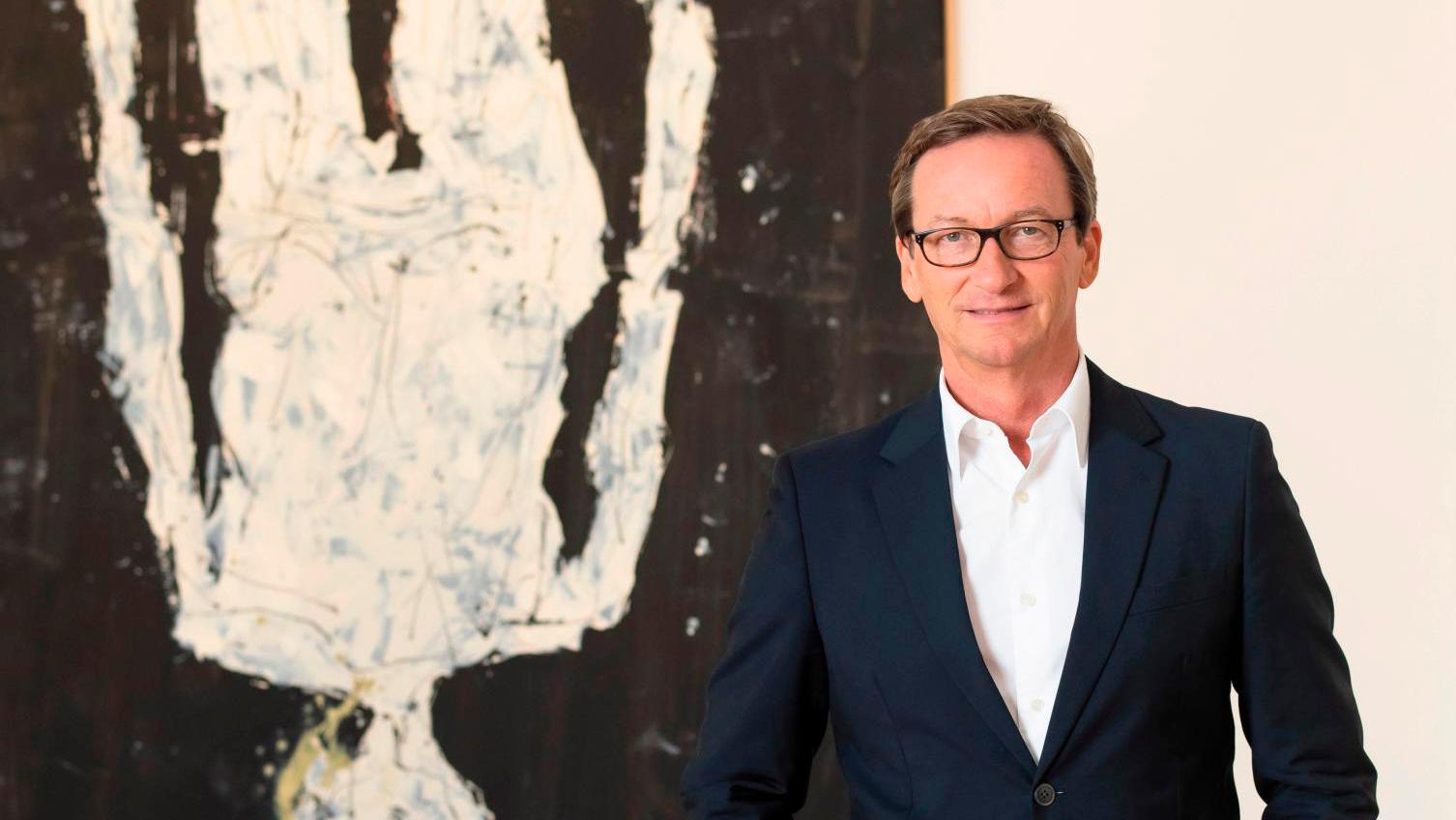Austrian gallerist Thaddaeus Ropac is one of the highest-profile figures on the international contemporary scene. He took a break from preparing the Miquel Barcelo and Richard Longo exhibition at Paris+ to speak to us about today’s art, his role and his aspirations.
Marco Riebler, Courtesy Thaddaeus Ropac gallery, London, Paris, Salzburg, Seoul
If we consider the evolution of art, at what stage would you say it is today? Once, art was in an ivory tower, where small groups of people, a certain intellectual elite that had access to it, met, enjoyed it and discussed it among themselves. This very elite is what defined it. But today art is at the center while becoming more affordable. Very early on, in 1982, I was lucky to train with German artist Joseph Beuys, who thought that everyone’s an artist. He tried to break the exclusive mold of artistic creation and make it more inclusive. But it took another thirty years or so for women to break through. Today, anyone who wants to participate has the opportunity to do so. Art has moved away from its elitist nature and embraces all of society. Contemporary artists question our times, our feelings and the human condition. Galleries are also trying to break down certain boundaries, leave closed spaces and get as close to society as…
com.dsi.gazette.Article : 38900
This article is for subscribers only
You still have 85% left to read.
